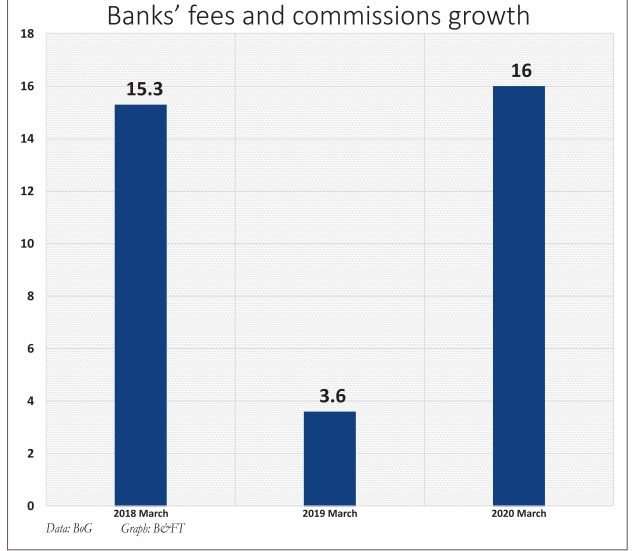- But customers still have cyber security concerns
“Before the coronavirus was reported in Ghana, I used to go to the bank anytime I wanted to withdraw money because I had not really paid attention to mobile banking. But ever since the lockdown, I have stopped going to the bank. I now use my bank’s mobile banking platform for my transactions,” Mrs. Eden Darko, a teacher, told the B&FT.
Like Mrs. Darko, many customers of financial institutions, especially the literate class, have resorted to mobile banking for their money transactions – the same system that the industry has long struggled to convince consumers of its efficiency, safety and comfort in using it.
But, now, banks may not have to do much talking to convince their customers to use their mobile banking platforms for business transactions; the coronavirus pandemic has successfully done that, as customers have naturally adapted to the new reality of using electronic platforms – thereby even boosting the income earned from such systems.
The Banking Sector Report (May 2020) shows that net fees and commissions grew strongly at 16 percent in March 2020 from 3.6 percent same period last year, a feat the Bank of Ghana attributes to increased usage of electronic banking services amid the COVID-19 pandemic. This even led to an increase in gross income by 13.6 percent in the first quarter of 2020, higher than the 8.8 percent growth of the same period in 2019.
This points to the fact that there is increased demand for mobile banking services due to fear of contracting the virus when one makes frequent visits to public places – including banks. Even though the country’s economy is largely cash-driven, the mobile money interoperability platform has come in handy as it makes it possible for customers to send money directly from their bank account to their mobile money account.
Mrs. Darko, quoted above, says that is one of the main reasons why she changed her bankers to the current one is that the latter’s platform is very simple and it’s easy to send money across her mobile money account compared to the former.
“My new bank’s app makes it easier for me to transfer money from my bank account to my mobile money. I just have to withdraw it from any nearest agent and use it to buy whatever I want. Even after the pandemic, I will continue to use the platform as I find it very comfortable using it,” she said.
That notwithstanding, some customers still have reservations and concerns about cyber security issues; hence, they shy away from using electronic banking platforms.
One of them is Sylvia Konadu Owusu (Mrs.), a government worker who said she does not feel safe using mobile banking platforms, even though she has downloaded her bank’s app and knows it offers convenience and comfort in banking.
“For me, I prefer using the ATMs to using bank apps because I still feel it is not safe – considering there are many hackers around. So, what I do is that I withdraw money I will need for the month once I get to the ATM, rather than doing it weekly as I used to do before the pandemic,” she said.
She adds that banks must use this pandemic period to intensify education on risk measures put in place to reassure customers about the safety of such apps, in order to encourage and change the perception that people, like her, have about the security of such platforms.
Risk management expert Francise Owusu-Acheampong, in an earlier interview with the B&FT, also advised banks to remain alert to the opportunities brought by the pandemic, especially with regard to the increased usage of mobile banking, in order to keep their profits up.
“There is a future for the industry as well as associated risks…the pandemic is opening our eyes to other avenues that we have not exploited to the full. From my perspective, I think the pluses will be more than the minuses. The most important thing is to identify the risks and manage them well, and then you can get residual profits out of them.
“So, the increase in mobile banking and other electronic platforms shows there are a lot of pointers to a growth trajectory that any serious bank should begin to look at and see what they can make out of these opportunities,” he told B&FT in an interview.










